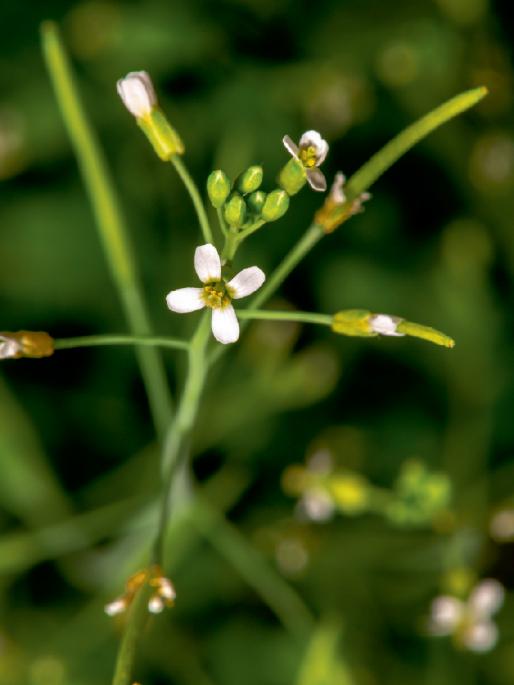求助PDF
{"title":"Flat sepals","authors":"Guillaume Tena","doi":"10.1038/s41477-024-01801-0","DOIUrl":null,"url":null,"abstract":"","PeriodicalId":18904,"journal":{"name":"Nature Plants","volume":"10 9","pages":"1278-1278"},"PeriodicalIF":15.8000,"publicationDate":"2024-09-13","publicationTypes":"Journal Article","fieldsOfStudy":null,"isOpenAccess":false,"openAccessPdf":"","citationCount":"0","resultStr":null,"platform":"Semanticscholar","paperid":null,"PeriodicalName":"Nature Plants","FirstCategoryId":"99","ListUrlMain":"https://www.nature.com/articles/s41477-024-01801-0","RegionNum":1,"RegionCategory":"生物学","ArticlePicture":[],"TitleCN":null,"AbstractTextCN":null,"PMCID":null,"EPubDate":"","PubModel":"","JCR":"Q1","JCRName":"PLANT SCIENCES","Score":null,"Total":0}
引用次数: 0
引用
批量引用
平萼片
器官不对称生长的原因是生化信号(如小核糖核酸、蛋白质或激素)的不同分布。浙江大学的洪丽兰领导的一项最新研究利用拟南芥萼片作为形态发生的一个小而稳健的模型,来了解是什么使萼片在花的后期发育过程中大部分保持平整。研究人员分离出了萼片向外弯曲的突变体。致病基因是VIP4,它编码转录调节因子PAF1C的一个成分。它的突变导致背面和正面的生长速度和机械性能失衡。更多的实验,包括直接观察 ARF3-GFP(绿色荧光蛋白)构建体,表明 ARF3 的瞬时和不对称分布是萼片保持平整的必要条件,它受 VIP4 直接控制(并通过小移动 RNA 间接控制)。反过来,ARF3 又会通过果胶甲基酯酶(如 VGD1)的表达来影响辅助素的运输和信号传递以及细胞壁的硬度。因此,与直觉相反的是,在野生型萼片中,两侧需要不对称地表达 ARF3 才能达到相同的生长和硬度。最初的不平衡产生了对称性,从而使萼片能够扁平生长。
本文章由计算机程序翻译,如有差异,请以英文原文为准。



